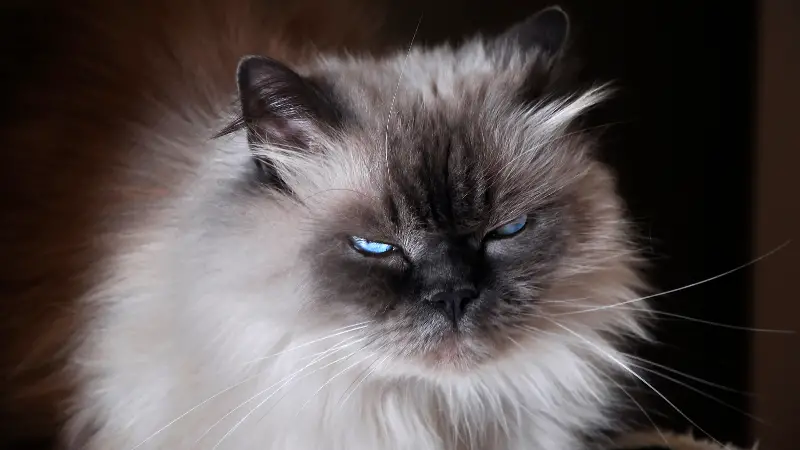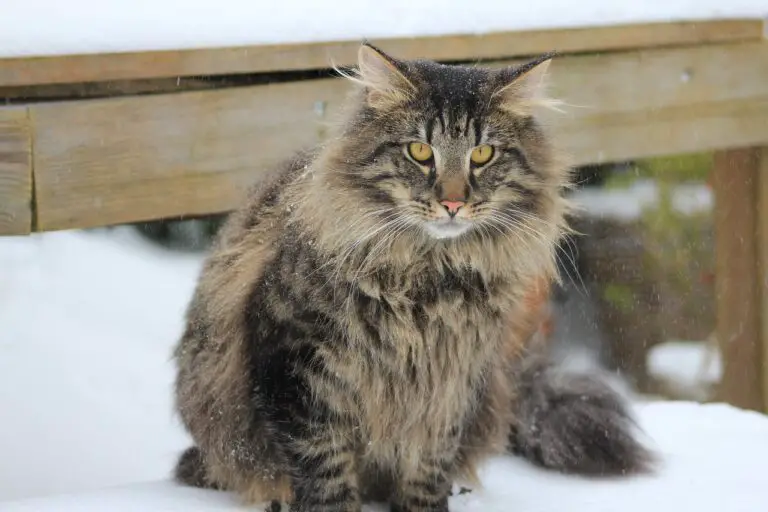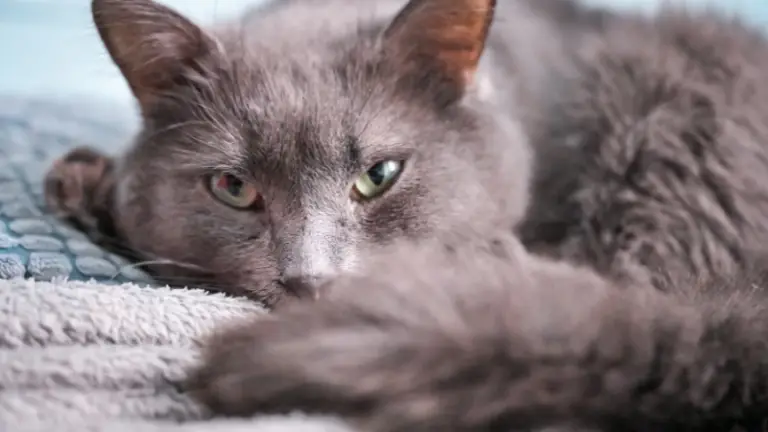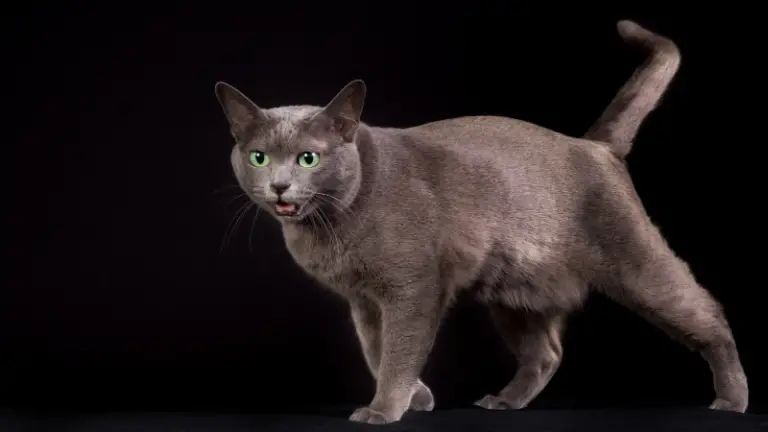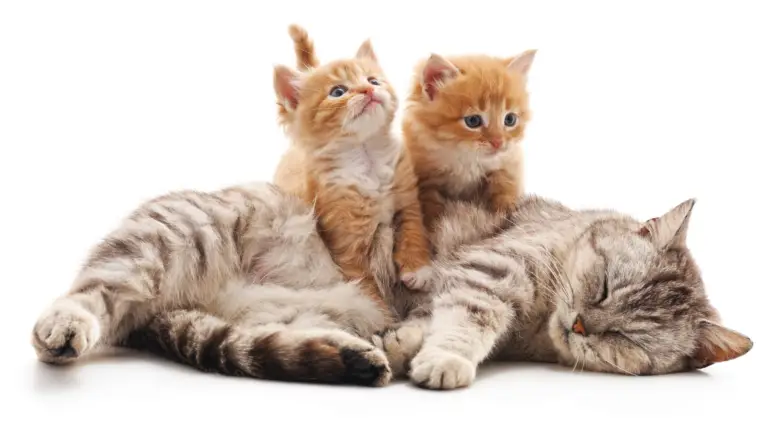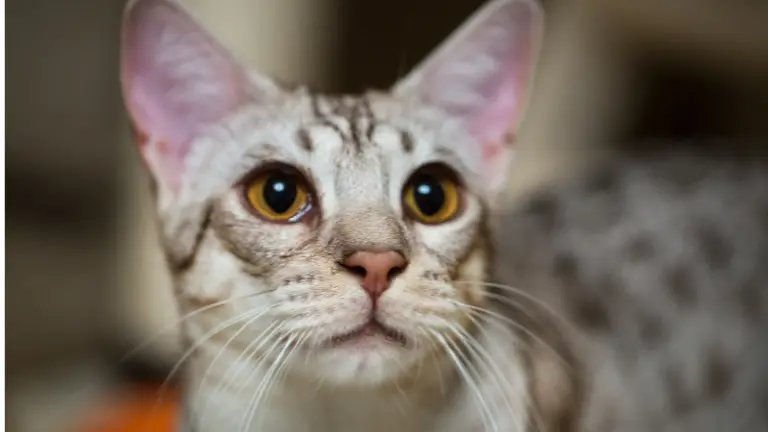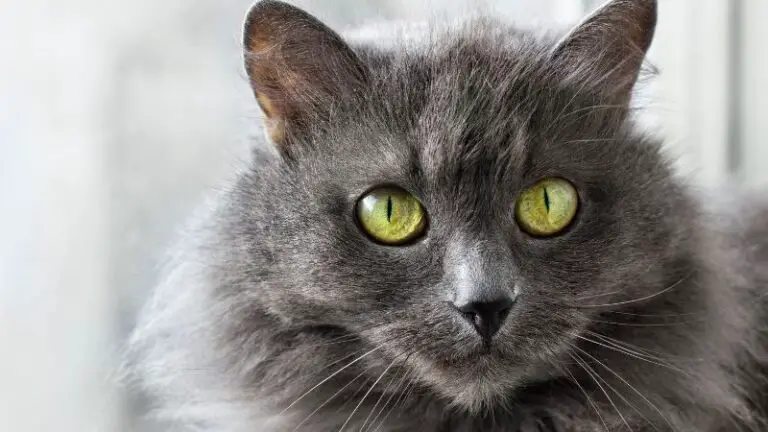HIMALAYAN CAT PERSONALITY AND BREED (ALL YOU NEED TO KNOW)
Are you curious to know more about the Himalayan cat personality? This long-haired breed is named after the Himalayan rabbit, whose coat boasts a similar color arrangement.
This implies that the ends or “tips” -muzzle, ears, legs, feet, and tail – turn out to be darker than the rest of the body. At a glance, you can expect a Himalayan cat to have a stocky appearance, a gorgeous coat, an affectionate nature, and a wide range of colors.
Here is all there is to know about the Himalayan cat.

WHAT IS THE HIMALAYAN CAT GENERAL ASPECT AND SIZE?
The Himalayan cat is a beautiful cat with a unique color development over his fur. The color development of the extremities depends on the cat’s body temperature. At birth, the kittens are white, but immediately after, they begin to develop what will be their definitive coloring.
On the muzzle, they have a mask, which is usually larger in the case of a male, although it should not go up to the head. With growth, shades of the same color appear on the hips, proof that circulation is not as effective as in youth.
Here is the technical sheet of the cat’s breed:
| Characteristic | Description | Notes |
|---|---|---|
| Ears | They are small and partially hidden by the fur on the head | |
| Coat length | The long coat and soft it looks like to that of the Persian and needs one daily brushing | The length of the mantle creates here a brush effect. |
| Tail | Tail similar to a brush | |
| Personality | Mild, calm, and friendly by nature | |
| Appearance | It looks like the Persian cat | |
| In The House | Love the house. Cats in the area could mistreat them. He loves attention and has a playful side | He loves to play with balls |
| Grooming | Daily brushing required | |
| Common Health Problems | The flattened snout can lead to problems due to blockage of the tear ducts | |
| Size | Medium-large, from 4 to 6 kg | |
| Ears | Small, well spaced, and positioned low on the head; slightly bent forward | |
| Eyes | Round and large, set well apart | |
| Head | Voluminous, round, with a broad skull; neck short, rounded forehead and powerful jaws. | |
| Legs | Short, straight, powerful, and with wide feet, round and sturdy | |
| Coat | long, thick, silky, and with spikes darker than the base color; thick ruff | |
| Admitted Colors | Seal point, blue point, chocolate point, tortie point, lilac point, cream point, red the point, tabby chocolate, and tortie point |
If you love the focus mask of the traditional Siamese cat but prefer the full soft coat of long-haired cats, the solution is found: choose a Himalayan cat.
The lilac specimens or chocolate points in some countries are better known as
Kashmir.
HIMALAYAN CAT HISTORY
The development of the Himalayans is due to genetic studies conducted in the 1920s and 1930s by a group of doctors from Harvard. The aim was to understand if some traits of the Siamese cat could transfer to another breed, similarly to what happened with the Persian cat.
In the United States, it was initially employed a black Persian, and all the kittens were born of this color. But when they were made to mate again with a Siamese cat, the first example of a long-haired Himalayan was born.
Specifically, from the coupling between a black Persian and a Siamese were born
three short-haired kittens, two of which were black. From the intersection, a kitten was born with long hair. She bred with the father; from there, a long-haired kitten was born with classic Siamese markings.
The selection demonstrated the dominance of the genes responsible for the solid color and the short-haired against the recessivity of those accountable for the long hair and the Color Point, subsequently referred to as the Himalayan.
Outside North America, the breed is best known as Colorpoint Longhair, although initially, the results of the crossings had been called Khmer. In that, it was present not only the colored ends but also the typical color blue of the eyes of the Siamese.
Today the Himalayan cat is mainly recognized and known as a variety of Persian.
HIMALAYAN CAT PERSONALITY
The Himalayan inherited the docile character from the Persian and Siamese
cat, as well as certain talkativeness. However, his meow is pleasant, and, true to his nature, it never appears intrusive.
The Himalayan is an indoor cat that constantly needs contact with his masters, with whom he loves to play for hours. Also, in the presence of strangers, these cats are amiable.
The Himalayan loves to play with pieces of torn paper, and in general, you can expect him to be a lovable indoor cat that gets along with people, kids, and other pets.
HIMALAYAN CAT CARE AND HEALTH ISSUES
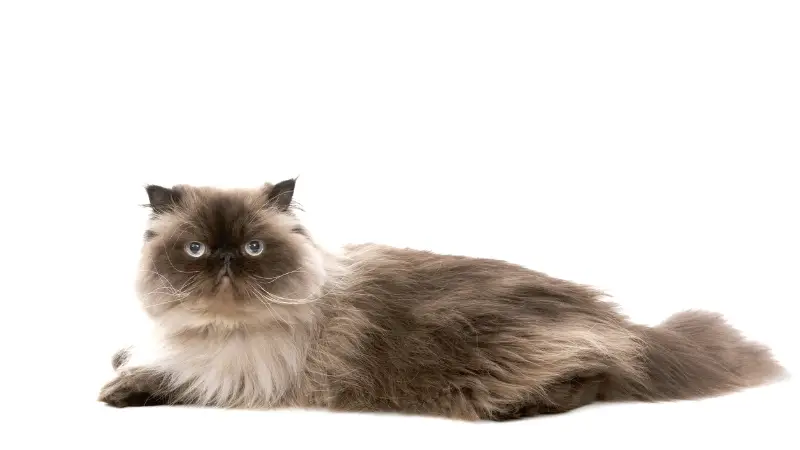
Given the coat’s quality, the Himalayan needs daily brushing using combs and steel brushes.
It is also an excellent rule to bathe him every fortnight, and you can start getting him used to this practice starting from the fourth week of life.
Here are the main health issues you can expect:
- Eyes produce excessive tearing
- Hip dysplasia
- Strabismus
- Blockage of the tear ducts
- Irregular dentition
The Himalayan cat is quite fragile. His fascinating sparkling cerulean eyes tend to produce excessive tearing, and the typical conformation of the muzzle can be the cause of an irregular dentition that requires specific dental care.
This breed is also genetically susceptible to hip dysplasia which, if left untreated, can lead to disability. Another thing to remember is that the Himalayan cat presents certain strabismus due to hereditary factors, and the flattened snout can; lead to problems due to blockage of the tear ducts.
Chicken, fish, cheese, and rice are perfect for feeding, but they don’t have to be
never too seasoned. If you prefer to opt for packaged foods, remember that must be administered at ambient temperature and must be typically studied for this breed.
Take care to change the sand off his often litter to prevent granules from remaining
attached to the hair causing painful knots.
FREQUENTLY ASKED QUESTIONS
What is the lifespan of the Himalayan cat?
The average lifespan of the Himalayan cat is between 8 and 15 years. However, proper care and good quality food can help extend the life expectancy of the Himalayan cat.
What is the Himalayan cat price?
Himalayan cats can be pretty expensive if you get them from a breeder, and the price can get up to $2500. However, it is sometimes possible to find them for a few hundred dollars with due research.
Are there personality problems in the Himalayan cat?
In general, Himalayan cats are lovable and very friendly. However, they need attention from their humans. If this is not happening, they can become hyperactive and release their stress on the house furniture.
Are Himalayan cats cuddly?
Himalayan cats can be considered cuddly and could be regarded as lap cats. They are perfect as indoor cats and with kids. They are very affectionate cats.
How hard is it to take care of a Himalayan cat?
While Himalayan cats are lovable, sweet, affectionate and adaptable, their long fur requires your attention daily or any other day. In addition, they need assistance in their grooming, and you must dedicate some time to it. But otherwise, they are not hard to take care of.
Why does my Himalayan cat meow so much?
The Himalayan cat takes his talkative character from the Siamese cats, one of the breeds they descend from. The Siamese is a pretty talkative cat by nature.
Should I bathe my Himalayan cat?
If you get a Himalayan cat, you should get him used to water and bathe him every 15-20 days to help him keep his fur clean.

